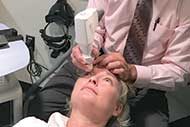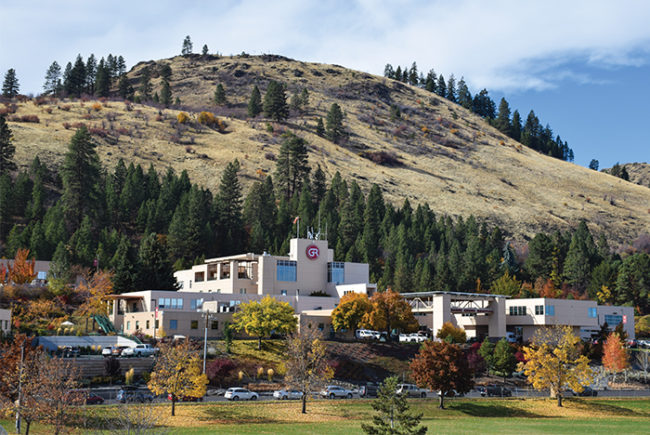From emergency departments to parking garages to mental health services programs, health care facilities face unique risks when it comes to acts of violence. Nevertheless, there are valuable tools, strategies and tactics facilities can use to address preparedness through operations and design.
Several experts from the International Association of Healthcare Security and Safety will explore this issue in detail in a 60-minute webinar being hosted by the American Hospital Association and the American Society for Healthcare Engineering at 3 p.m. ET Tuesday, Jan. 17. Registration for the free webinar “Workplace Violence — Best Practices for the Worst Case” is now open, and it is the latest one in the American Hospital Association’s Hospitals Against Violence educational series.
Additional resource |
| The Hospitals Against Violence web page provides a wealth of resources to help health care organizations end violence in their communities. |
|
|
The session will explore ways that the external and internal environment can be used to mitigate risk, tools available, and standards and guidelines aimed at preventing violence. Speakers will focus on elements of workplace violence prevention and response plans, how to develop an action plan for assessing active-shooter risk, identify standards and guidelines aimed at reducing workplace violence, and how to integrate preventive and response measures into the built environment.
Webinar speakers include:
Connie Packard, CHPA, IAHSS Foundation president and the executive director of support services overseeing public safety, control center, and parking services for Boston University (BU) Medical Center as well as emergency management for Boston Medical Center. She serves as an incident commander for Boston Medical Center for emergency and crisis response. For the past 28 years, she has overseen health care security for the medical campus which includes the BU School of Medicine, Henry M. Goldman School of Dental Medicine, School of Public Health, graduate studies, research facilities and the 496-bed hospital, the primary teaching affiliate for Boston University. She has more than 30 years’ experience in security and public safety work in both the public and private sectors.
Thomas A. Smith, CHPA, CPP, chair of the IAHSS Council on Guidelines, who has worked in the health care field since 1981. During this time, he held a number of leadership positions in a variety of health care facilities including a community hospital, an inner-city medical center, and a large academic medical center. He also has worked as an associate consultant for Healthcare Security Consultants, Inc., and other organizations since 1990. He is now the owner of Healthcare Security Consultants, providing consulting expertise focusing on security program reviews, health care security design, recruitment and development of security leadership positions, and expert witness services.
Kevin Tuohey, CHPA, IAHSS board president-elect and executive director for Research Compliance at Boston University & Boston Medical Center, oversees services focused on the management of a safe and legally compliant environment. He chaired the IAHSS Guidelines Council and participated in the development of the IAHSS Security Design Guidelines. He has 36 years of experience in health care and higher education emergency management, facilities, real estate, safety and security; and has been involved in the development, planning, threat and risk assessment, design, construction and operations of facilities with security requirements ranging from those with open access to those with significant protective design.
Remember, preparedness is the key to being able to respond optimally when the unimaginable happens.





